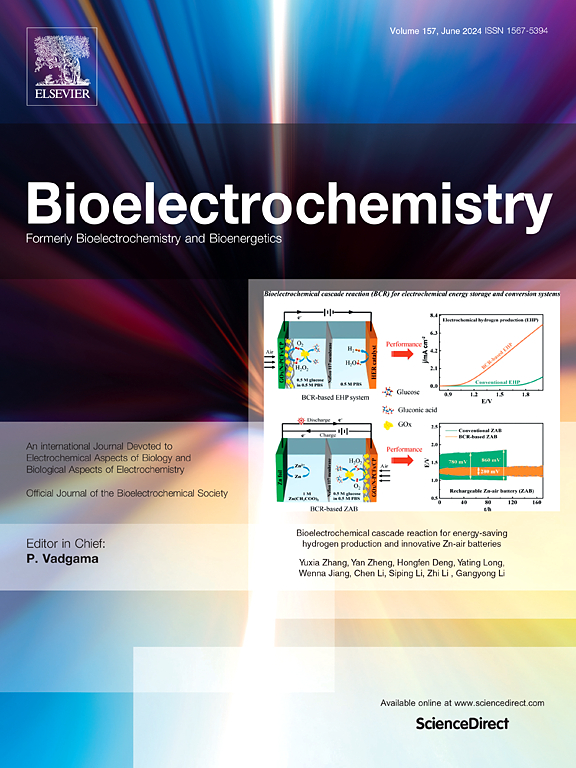Cardiometabolic and anxiogenic consequences of chronic social defeat stress in male mice
IF 3.6
2区 医学
Q1 NEUROSCIENCES
引用次数: 0
Abstract
Social adversity, such as that which occurs during subjugation to a lower social status, has profound psychological and cardiometabolic consequences that are conserved across species. Clinically, such adversity often arises from being of a lower socioeconomic status and may contribute to health disparities in cardiometabolic and affective disorders. To develop a better understanding of the cardiometabolic consequences of social adversity, we employ chronic social defeat stress (CSDS) in adult male mice. CSDS results in increases in body mass, that are accompanied by elevated lean and fluid mass, as well as several somatic indices of chronic stress. Moreover, mice exposed to CSDS exhibit increased anxiety-like behavior, spending more time in the closed arms of the elevated plus maze and less time in the center of an open field arena. Regarding cardiovascular parameters, initial social defeat sessions result in increases in blood pressure, activity, and temperature in comparison with control mice. Interestingly, while blood pressure returns to basal levels by the start of the light cycle for the first few days of defeat, 14 days of CSDS results in sustained elevations in blood pressure, lower activity and lower body temperature. Finally, the results of heart rate variability, spontaneous baroreflex sensitivity and adrenal transcriptome analyses were consistent with CSDS-induced autonomic dysfunction, effects that may contribute to the hypertension observed. Collectively, these data suggest that CSDS may be useful for modeling hypertension induced by chronic social stress, thereby enabling us to better understand the mechanisms that contribute to stress-induced cardiometabolic disease.
雄性小鼠慢性社会失败应激的心脏代谢和焦虑后果
社会逆境,比如在社会地位低下时发生的逆境,具有深远的心理和心脏代谢影响,这种影响在物种中是保守的。在临床上,这种逆境往往源于较低的社会经济地位,并可能导致心脏代谢和情感疾病的健康差异。为了更好地理解社会逆境对心脏代谢的影响,我们在成年雄性小鼠中使用了慢性社会失败压力(CSDS)。CSDS导致体重增加,并伴有瘦肉和液体质量升高,以及一些慢性应激的躯体指标。此外,暴露于CSDS的小鼠表现出更多的焦虑样行为,在高架+迷宫的封闭手臂中花费更多的时间,而在开放场地中心的时间更少。在心血管参数方面,与对照组小鼠相比,最初的社交失败会导致血压、活动和体温升高。有趣的是,虽然在失败的最初几天,血压会在光周期开始时恢复到基础水平,但14天的CSDS会导致血压持续升高,活动减少和体温降低。最后,心率变异性、自发性压力反射敏感性和肾上腺转录组分析的结果与csds诱导的自主神经功能障碍一致,这些影响可能有助于观察到的高血压。综上所述,这些数据表明CSDS可能对慢性社会压力诱导的高血压建模有用,从而使我们能够更好地理解压力诱导的心脏代谢疾病的机制。
本文章由计算机程序翻译,如有差异,请以英文原文为准。
求助全文
约1分钟内获得全文
求助全文
来源期刊

Neurobiology of Stress
Biochemistry, Genetics and Molecular Biology-Biochemistry
CiteScore
9.40
自引率
4.00%
发文量
74
审稿时长
48 days
期刊介绍:
Neurobiology of Stress is a multidisciplinary journal for the publication of original research and review articles on basic, translational and clinical research into stress and related disorders. It will focus on the impact of stress on the brain from cellular to behavioral functions and stress-related neuropsychiatric disorders (such as depression, trauma and anxiety). The translation of basic research findings into real-world applications will be a key aim of the journal.
Basic, translational and clinical research on the following topics as they relate to stress will be covered:
Molecular substrates and cell signaling,
Genetics and epigenetics,
Stress circuitry,
Structural and physiological plasticity,
Developmental Aspects,
Laboratory models of stress,
Neuroinflammation and pathology,
Memory and Cognition,
Motivational Processes,
Fear and Anxiety,
Stress-related neuropsychiatric disorders (including depression, PTSD, substance abuse),
Neuropsychopharmacology.
 求助内容:
求助内容: 应助结果提醒方式:
应助结果提醒方式:


